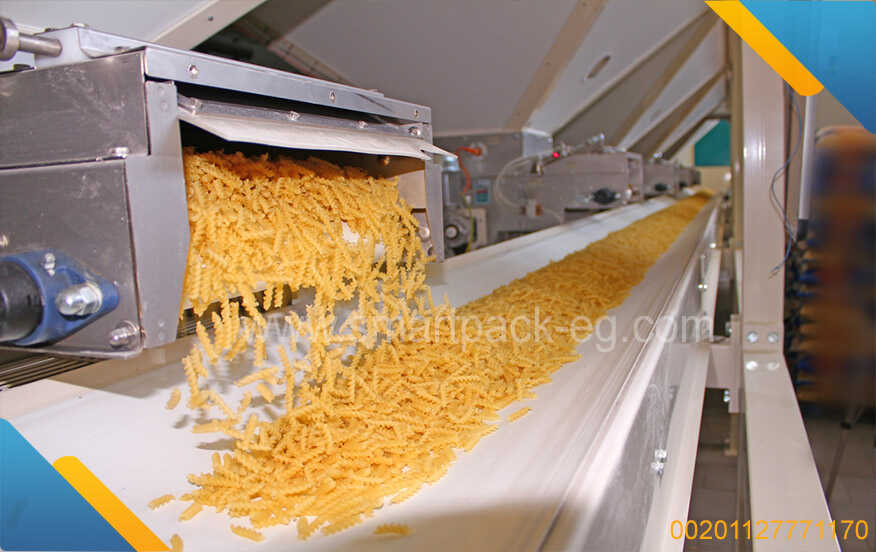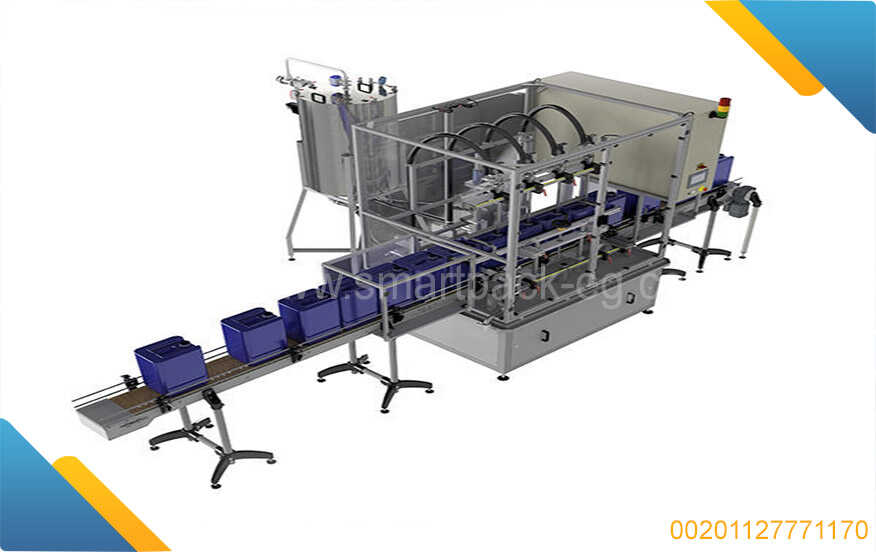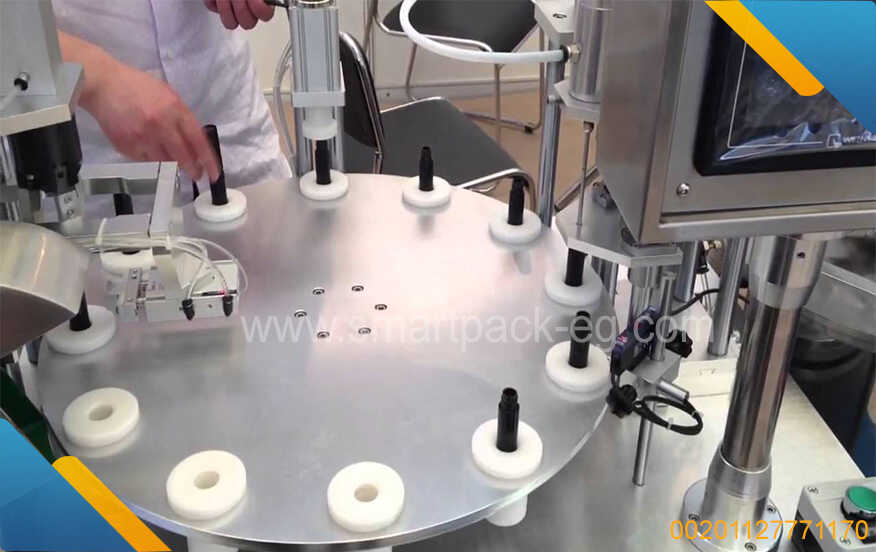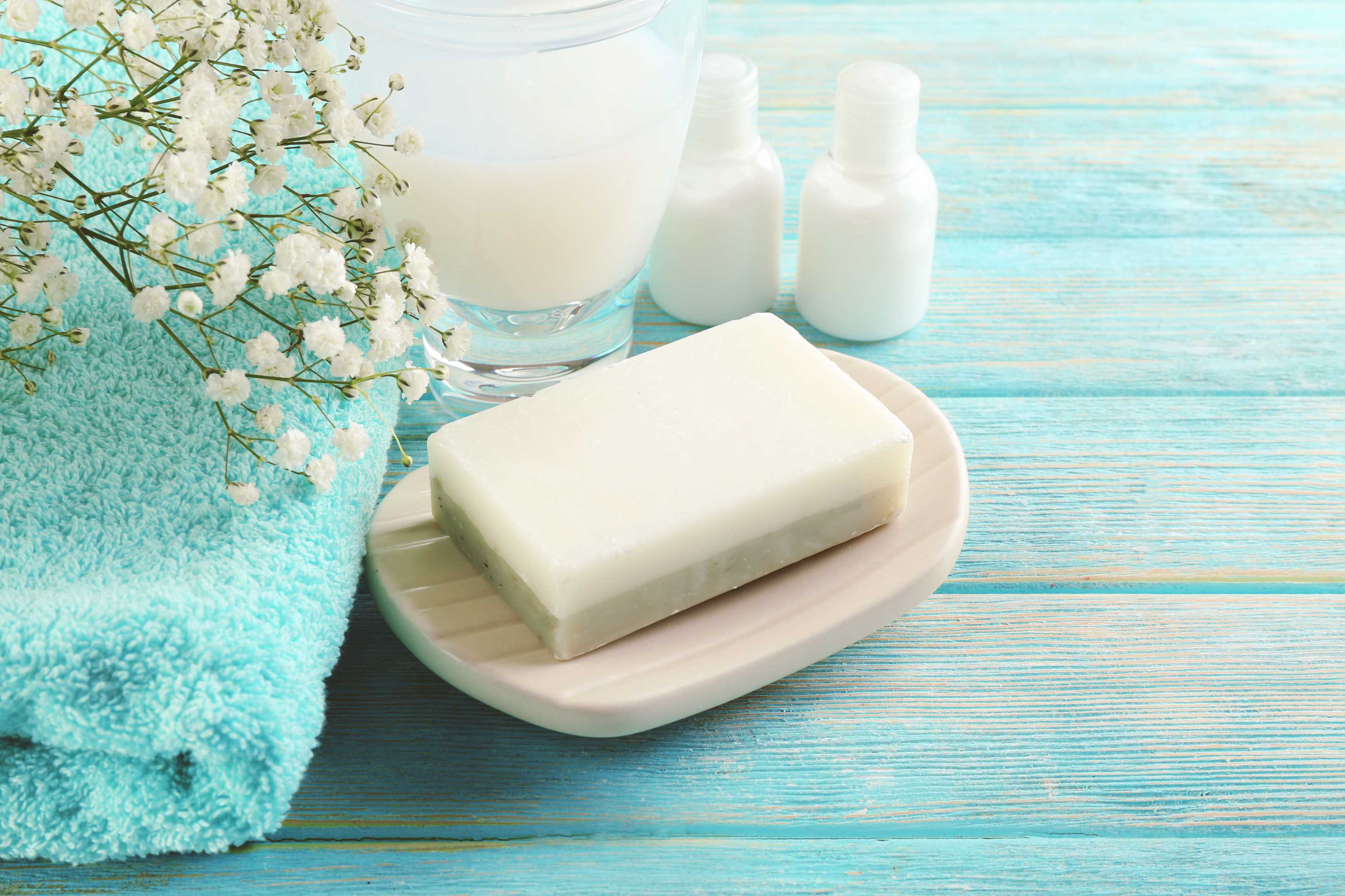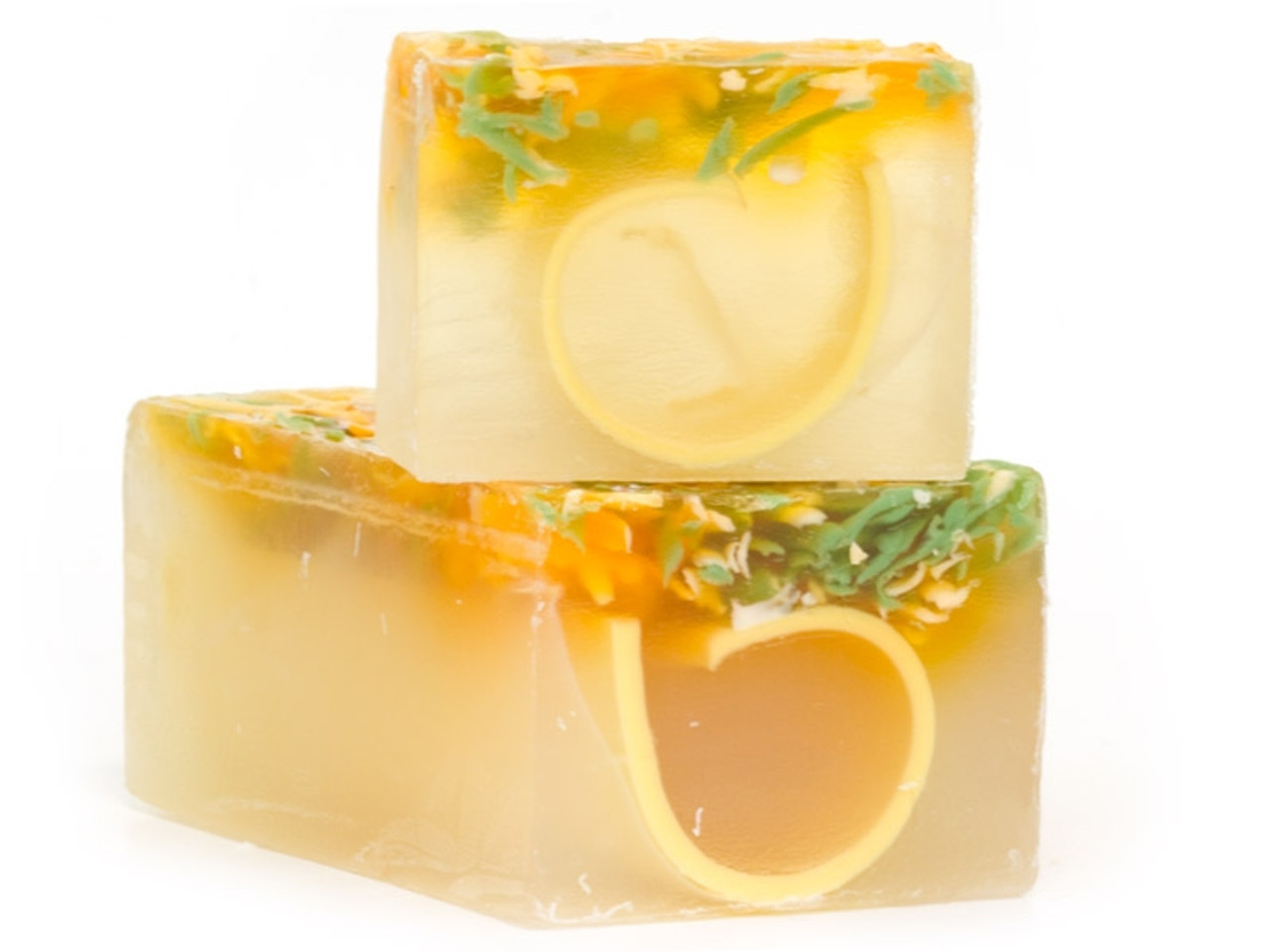How To Make Compost at Home: A Step-by-Step Guide
Composting is a fantastic way to turn food scraps and yard waste into nutrient-rich soil for your garden. It not only reduces waste but also helps promote sustainability. If you're ready to create your own compost at home, follow this step-by-step guide:
Step 1: Select a Composting Method
There are various methods of composting, but the two most common ones for home use are the traditional compost pile and the compost bin. Choose the one that suits your space, time, and resources.
Step 2: Choose a Location
Find a suitable spot for your composting area. It should be easily accessible and have good drainage. Ideally, it should be in a sunny or partly shaded area.
Step 3: Gather the Ingredients
To start composting, you'll need a mix of green and brown materials. Green materials include vegetable scraps, coffee grounds, and fresh grass clippings. Brown materials consist of dry leaves, shredded newspaper, and straw. Aim for a balance of approximately three parts brown to one part green.
Step 4: Build Your Compost Pile or Bin
If using a compost pile, start by creating a layer of twigs or straw at the bottom for better airflow. Then, alternate layers of green and brown materials, making sure to moisten them as you go along. For a compost bin, follow the instructions provided with your purchase.
Step 5: Maintain Proper Conditions
To achieve optimal decomposition, ensure your compost heap is adequately moist but not saturated. Turn the pile every few weeks to aerate it, promoting the breakdown of materials. This will also help prevent unpleasant odors. If using a compost bin, follow the recommended guidelines provided with it.
Step 6: Monitor and Adjust
Regularly check your compost for moisture levels, turning it if necessary. It's natural for the process to take several months, depending on climate and other factors. If your compost seems dry, add water; if it appears too wet, mix in additional dry brown materials.
Step 7: Harvest and Use Your Compost
After approximately six months to a year, depending on the conditions, your compost should be ready to use. Finished compost is dark, crumbly, and earthy-smelling. Use it to enrich your garden soil, potting mix, or as a top dressing for plants. Your plants will thank you for the nutrient-rich boost!
Additional Tips:
- Avoid adding meat, dairy products, and oily foods to your compost pile, as they can attract pests.
- Break down larger materials, such as branches or eggshells, before adding them to your compost heap.
- If you want to speed up the composting process, consider adding a compost activator or accelerator to your pile.
- If you encounter any issues or unpleasant smells, make adjustments by adding more brown materials or turning your compost pile more regularly.
Composting at home is a wonderful way to reduce waste and create a valuable resource for your gardens. By following this step-by-step guide, you'll be well on your way to producing nutrient-rich compost and enjoying the benefits it brings to your plants and the environment. Happy composting!

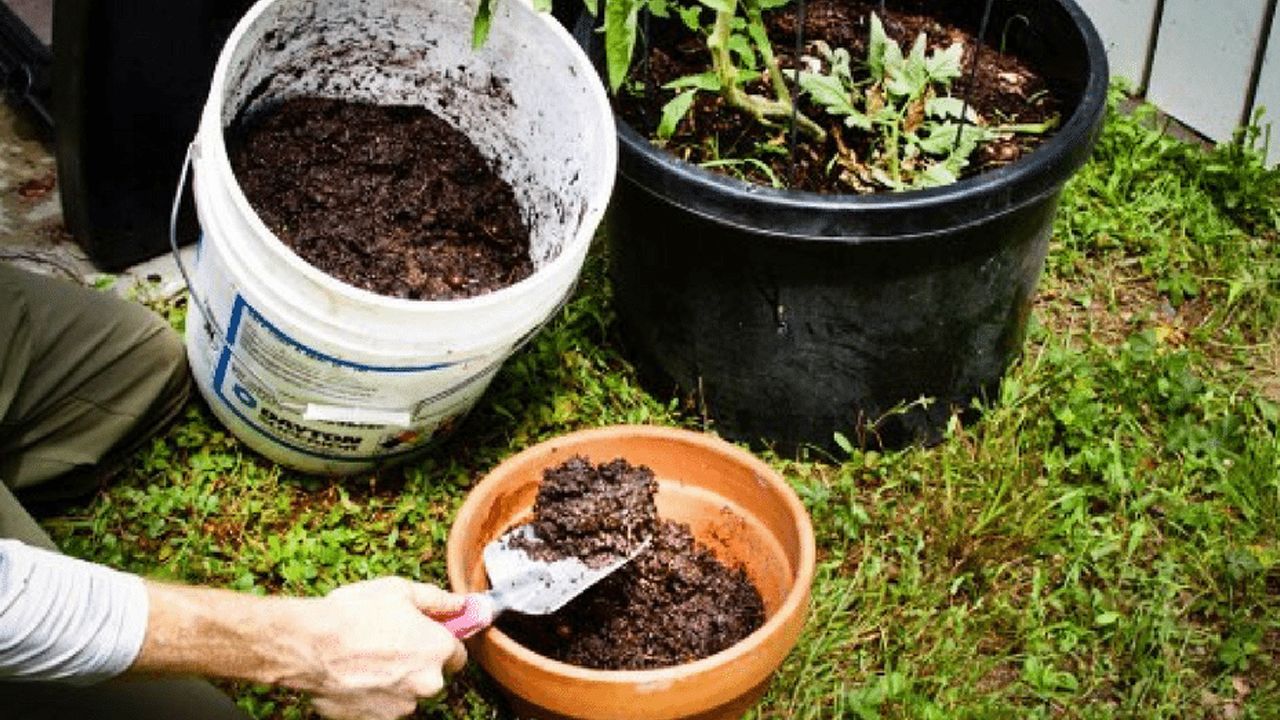
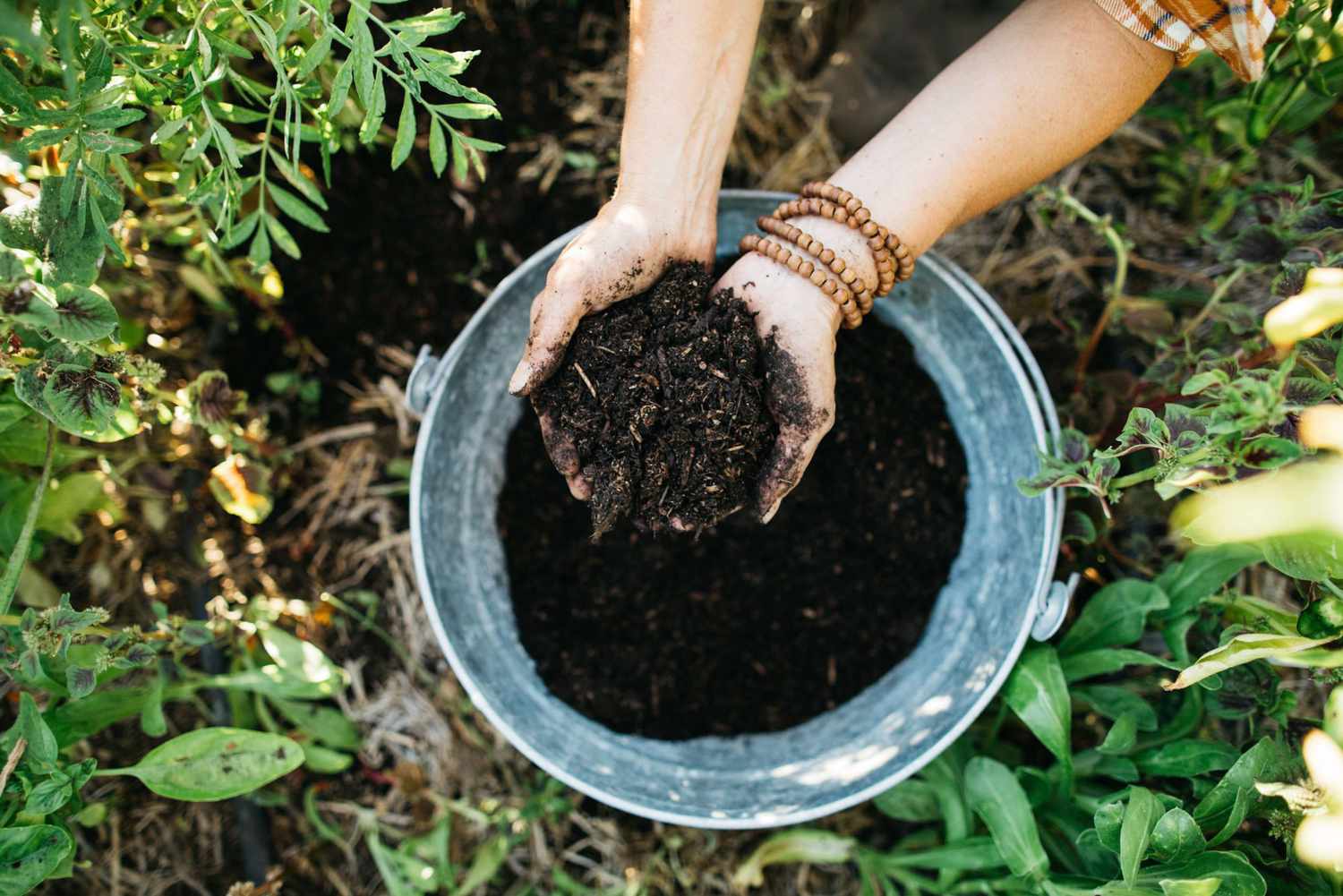
 Admin
Admin 
